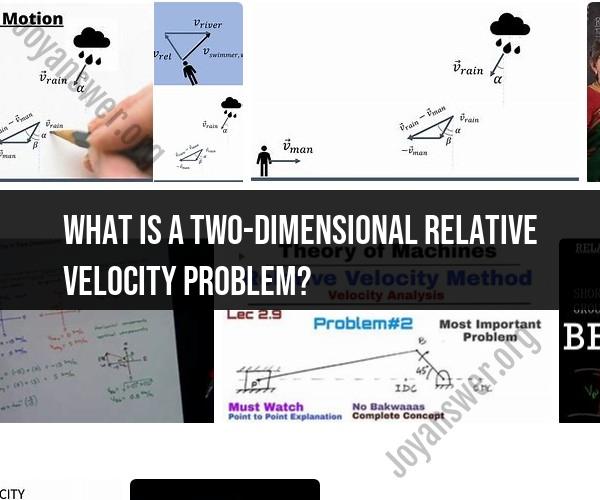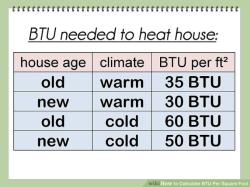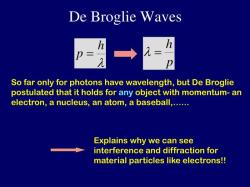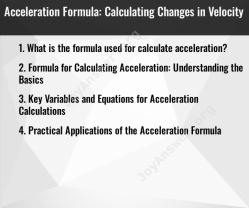What is a two-dimensional relative velocity problem?
A two-dimensional relative velocity problem is a type of physics problem that involves objects or particles moving in two dimensions (typically along both the x and y axes) and examines their relative velocities concerning each other. In these problems, you analyze how the motion of one object or particle appears from the perspective of another moving object or observer.
Here are the key components of a two-dimensional relative velocity problem:
Multiple Objects: There are usually two or more objects, particles, or observers involved in the problem. These objects can be moving in different directions and at different speeds.
Reference Frame: Each object or observer has its own reference frame, meaning they have their own coordinates and velocities with respect to the axes (e.g., x and y) used in the problem.
Relative Velocity: The problem focuses on determining the relative velocity of one object or observer concerning another. This relative velocity describes how the motion of one object appears when observed from the perspective of the other.
Vector Components: In two dimensions, velocities are often represented as vectors with both magnitude (speed) and direction. You may need to break down velocities into their x and y components to work with them effectively.
Vector Addition: Solving two-dimensional relative velocity problems often involves vector addition or subtraction to find the resultant relative velocity.
Examples of two-dimensional relative velocity problems can include scenarios like two cars traveling at different speeds and angles on a road, two boats crossing paths in a river with varying currents, or objects moving in different directions in a wind. These problems are commonly encountered in physics, engineering, and related fields where the analysis of motion and interactions between objects is essential.
Solving these problems typically requires a good understanding of vector mathematics and kinematics, which is the study of motion. You may use equations and principles like the Pythagorean theorem for vector addition, trigonometric functions to find angles, and basic kinematic equations to calculate relative velocities.
Navigating Two-Dimensional Relative Velocity Problems
Two-dimensional relative velocity problems can be challenging, but there are a few key techniques that can help you solve them.
1. Understand the concept of relative velocity. Relative velocity is the velocity of one object relative to another object. It is calculated by subtracting the velocity of the second object from the velocity of the first object.
2. Use vector addition and subtraction. Two-dimensional relative velocity problems can be solved using vector addition and subtraction. When adding vectors, we add the corresponding components of each vector. When subtracting vectors, we subtract the corresponding components of each vector.
3. Draw a diagram. Drawing a diagram can help you visualize the problem and identify the relevant vectors. Be sure to label all of the vectors in your diagram.
4. Apply the relative velocity equation. The relative velocity equation is as follows:
V_AB = V_A - V_B
where:
- V_AB is the relative velocity of object A relative to object B
- V_A is the velocity of object A
- V_B is the velocity of object B
Here are some examples of how to solve two-dimensional relative velocity problems:
Example 1:
A boat is traveling upstream at a speed of 10 m/s relative to the water. The water is flowing downstream at a speed of 5 m/s. What is the speed of the boat relative to the ground?
Solution:
We can solve this problem by using the following steps:
- Draw a diagram:
B
^
|
|
|
V
A W
where:
- A is the boat
- B is the ground
- W is the water
- V is the velocity of the boat relative to the ground
- Apply the relative velocity equation:
V_AB = V_A - V_B
where:
- V_AB is the velocity of the boat relative to the ground
- V_A is the velocity of the boat relative to the water
- V_B is the velocity of the water
We are given that V_A = 10 m/s and V_B = -5 m/s (since the water is flowing downstream). Therefore, we can calculate V_AB as follows:
V_AB = 10 m/s - (-5 m/s)
V_AB = 15 m/s
Therefore, the speed of the boat relative to the ground is 15 m/s.
Example 2:
Two cars are traveling in opposite directions on a highway. Car A is traveling at a speed of 60 mph and Car B is traveling at a speed of 70 mph. What is the relative velocity of the two cars?
Solution:
We can solve this problem by using the following steps:
- Draw a diagram:
A B
where:
- A is Car A
- B is Car B
- Apply the relative velocity equation:
V_AB = V_A - V_B
where:
- V_AB is the relative velocity of Car A relative to Car B
- V_A is the velocity of Car A
- V_B is the velocity of Car B
We are given that V_A = 60 mph and V_B = -70 mph (since the cars are traveling in opposite directions). Therefore, we can calculate V_AB as follows:
V_AB = 60 mph - (-70 mph)
V_AB = 130 mph
Therefore, the relative velocity of the two cars is 130 mph.
Relative Velocity in Two Dimensions: Problem-Solving Techniques
Here are some additional tips for solving two-dimensional relative velocity problems:
- Be sure to identify all of the relevant vectors in the problem.
- Use vector addition and subtraction to calculate the relative velocity vectors.
- Draw a diagram to help you visualize the problem and identify the relevant vectors.
- Apply the relative velocity equation to calculate the relative velocity of the two objects.
Vector Mathematics: Tackling Two-Dimensional Relative Velocity Challenges
Vector mathematics is a powerful tool for solving two-dimensional relative velocity problems. Vectors can be used to represent the velocity of each object in the problem. Once we have a vector representation for each velocity, we can use vector addition and subtraction to calculate the relative velocity vectors













